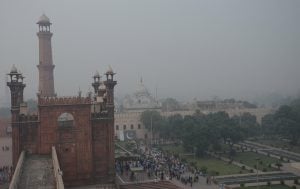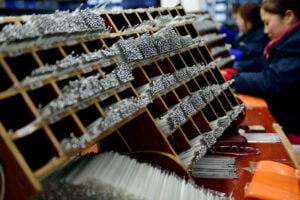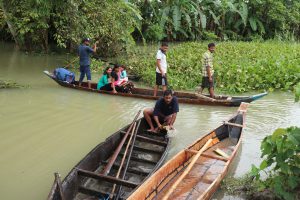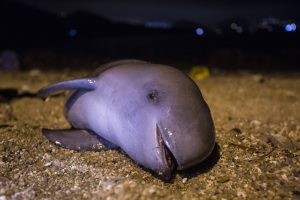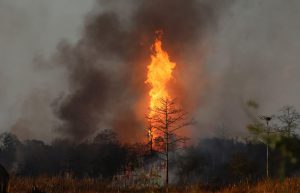Haider Zaidi cultivates wheat, potato and other vegetables to his lands to provide for his large family. He gives thanks to his ancestors, and especially his grandfather and fellow villagers, who grafted a glacier above their village 150 years ago. It is water from that glacier that feeds the fields of the almost 500 households, all reliant on agriculture, in Manawar Gaon situated 2,228 metres above sea level near Skardu, in Pakistan’s province of Gilgit Baltistan.
With more than 7,000 glaciers, Gilgit Baltistan is called the land of glaciers. But where some glaciers have not formed naturally, an ancient grafting technique is used. The practice is shrouded in both technique and ritual. An appropriate place must first be located – a cave or deep pit in a mountain – situated at least 4,000 to 5,000 meters above sea level, where temperatures remain below zero throughout the year. Snowfall and avalanches must be common, with no direct exposure to sunlight.
Male and female glaciers
According to folklore, glaciers are also given male and female identities. Male glaciers are grey in colour, having a lot of debris, meanwhile female glaciers are shiny white or blue. This male-female distinction is common in the mountainous areas. For example, in Bhutan the gentler Mo Chhu (female river) meets the turbulent Pho Chhu (male river) at a confluence near one of its most sacred dzhongs in Punakha.
Liaquat Ali Baltee, a documentary maker, and resident of Skardu, said, “The people of Gligit Baltistan believe that glaciers are living entities. That’s why a combination of female and male ice was absolutely necessary. The male glacier – called ‘po gang’ locally – gives off little water and moves slowly, while a ‘female glacier’ – or ‘mo gang’ – is a growing glacier that gives off a lot of water.”
Grafting a new glacier requires a piece each of a “male” and “female” glacier weighing approximately 35 kilogrammes. Villagers carefully pack these pieces in some coal and barley hay to keep them safe from warmer temperature and put them into a chorong (a conical basket made of willow twigs). They then transport it to the designated place and cover them with the mixture of mud, ash and charcoal and close the site with heavy stones.
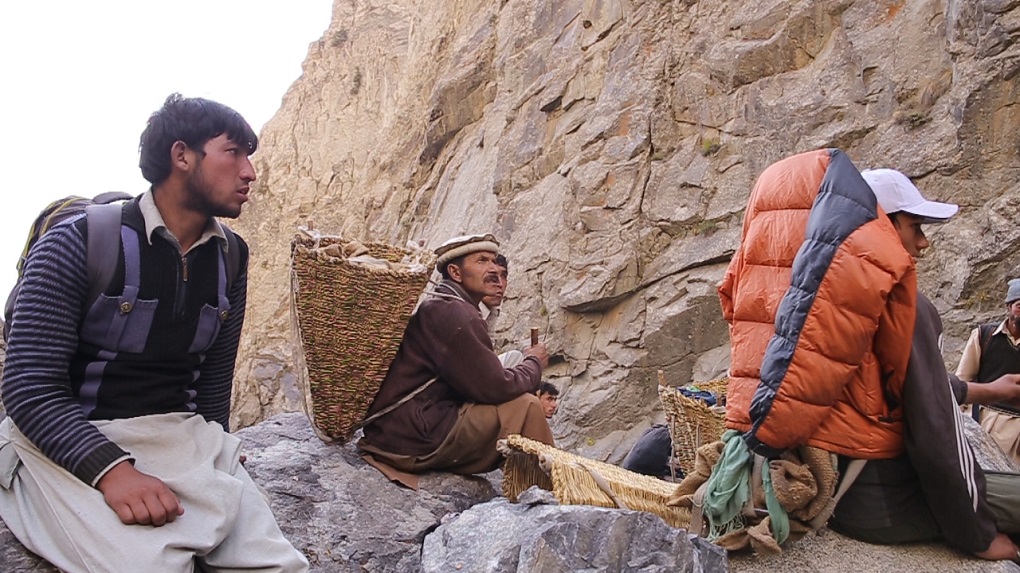
While this ritual is often spoken about, most people only know of it through the oral tradition and have never participated in it. Shamsheer Ali, who lives in Kharmang in Baltistan is one of the few to have directly taken part in a process about 12 years ago as part of a project backed by the Agha Khan Rural support programme.
Shamsheer said, “All team members went to Arandu village near Shigar city in Baltistan. We took two pieces of glaciers and put them on our backs, then we walked for two days continuously and finally we reached the pre-decided site for grafting. During this journey we didn’t put those pieces on the ground. We kept shifting it from one shoulder to another.”
He also told us that he visited the site five years ago and observed that the glacier had spread over a large area. “We are getting plenty of water continuously after grafting the glacier, [a flow] which was irregular previously. Now we are cultivating wheat, millet, barley and vegetables regularly,” Shamsheer said.

The Aga Khan programme, though, does not rely so much on folklore as from an example from across the border. In 1987, Chhewang Norphel, a retired engineer in the Indian Union Territory of Ladakh, created the first “artificial glacier”, by diverting streams into shady areas and slowing down the water to freeze over time. This successful experiment has then been expanded and replicated, and includes the ice stupas created by Sonam Wangchuk.
An old history
In Gilgit-Baltistan, though, the work is shrouded in tradition. Ishtiaq Ali, from the University of Baltistan, said the practice turns up in ancient lore, when the religious leader Ameer Kabir Syed Ali Hamdani (1314- 1384 AD) visited Gilgit Baltistan. He is said to have grafted the first glacier to close mountain passes as local people asked him to save them from attackers of Kashgar and Tibet.
More concrete documentation comes from the colonial period. Enayat Ullah Faizi, assistant professor in social sciences at the Government Degree College in Chitral, in the Khyber-Pakhtunkhwa province, said, “It is difficult to say when the first glacier was grown in this region but there is evidence of a glacier being grown for irrigation purposes as long ago as 1812. However, the first documented reference to the practice does not appear until more than a century later when a British colonial administrator D. L. R. Lorimer reported it in the 1920s. Though Lorimer described the practice as obsolete, partly thanks to guaranteed food supplies from the British Raj, the traditions of glacier growing survived.”
Glacier grafting and women
One aspect of the traditional practice is that women do not take part in what is believed to be a “masculine activity”. Nevertheless it makes a great impact on their lives, especially since many women are farmers, and due to social mores the burden of managing water for the household falls disproportionately on them.
Tehzeeb Bano from Gilgit is working on her MPhil thesis on climate change and development with the National Institute of Science and Technology, Islamabad, with her thesis on glacier grafting. Bano has researched artificial glaciers in Gol, Kharmang and Machloo and concluded that the grafting process increases water supply by 50% in these areas, helping cultivation. “Although women are not direct participants, the provision of water close to their households eases their lives.”
Rashid Ud Din, a field officer at GLOF2, a joint venture of the Ministry of Climate Change in Pakistan and United Nations development project (UNDP) funded by the Green Climate Fund (GCF), said that they now consult the women of Kawardu village in glacier grafting and other activities too. The village was suffering from a shortage of water, and they carried out a glacier grafting. Snowfall began during the process which was considered a “good omen”.

“This year saw a lot of snowfall, and the temperature at the glacier site is minus 40 Centigrade,” he said. “We are hopeful that it will be successful and it will irrigate an area of 1,210,000 square yards. We will graft four more glaciers this year and we are confident that we will make a huge area cultivable in the future.”
Folk wisdom and science
Zakir Hussain, director of academic and linkages at Baltistan University, said that the science on this was still evolving, offering that, “Scientifically, when we place certain critical mass of ice at permafrost level, it is likely to remain round the year,” adding that “Where hard ice mass exists, it starts accumulation by solidifying rainfall, humidity in clouds and snow in winter. When the rate of accumulation becomes greater than the rate of ablation i.e. melting and sublimation, the ice mass starts growing in size.”
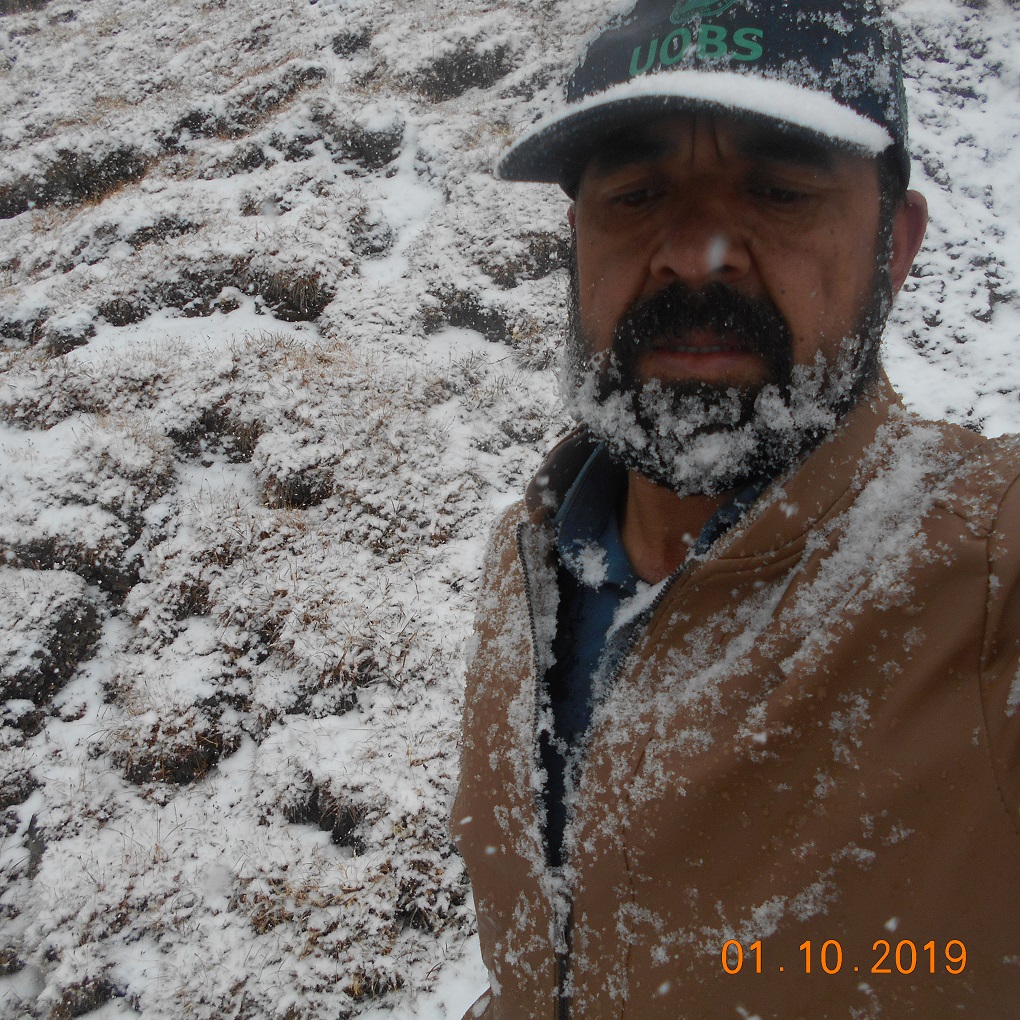
![<p>Nuding pyramids and Nuding glacier, Baltoro glacier, Karakoram, Pakistan [image: Alamy]</p>](https://dialogue.earth/content/uploads/2020/06/Baltoro-glacier-Pakistan-300x200.jpg)


![The Shishper glacier moved forward 2 km in 2018-19 [image by: Karim Dad]](https://dialogue.earth/content/uploads/2020/06/Shishper-glacier-300x225.jpeg)
